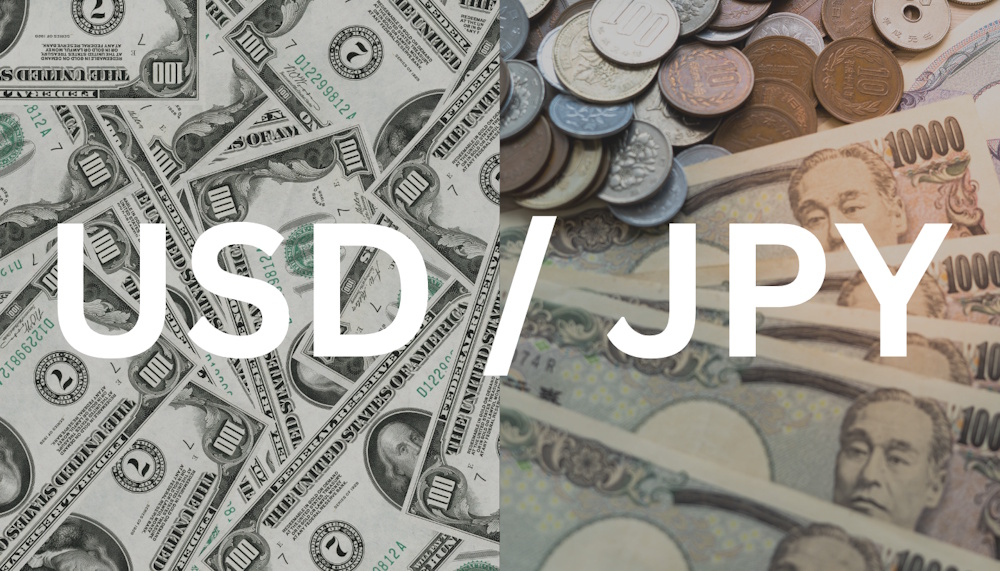The USD/JPY pair continued its strong upward trend this week, trading close to 153.00, marking its highest point since February. This movement is attributed to a mix of yen weakness, risk aversion, and persistent demand for the U.S. dollar. The pair has experienced a remarkable increase of over 500 pips within a single week, rising from 148.20 to 152.84, as market participants speculate that the leadership change in Japan under Sanae Takaichi will postpone any imminent tightening measures by the Bank of Japan. The Japanese currency is experiencing significant pressure, having declined over 3.5% this week, which represents one of its steepest weekly drops of 2025. The increase in USD/JPY has been supported by a widespread change in investor sentiment towards the dollar, influenced by political and fiscal instability in Asia and Europe. The recent leadership changes in Tokyo, coupled with a political crisis in France, have led to capital outflows from both the yen and the euro, subsequently channeling global liquidity into the U.S. market. In light of the Federal Reserve’s dovish stance and the current U.S. government shutdown, the dollar index continues to show strength, maintaining levels above 107.50. This trend highlights investor confidence in the greenback as the leading safe haven asset.
FX strategists observe that “impulsive momentum is likely to outweigh overbought conditions,” indicating that the dollar’s ascent may persist despite short-term indicators signaling exhaustion. The Relative Strength Index for USD/JPY has risen above 78, indicating overbought conditions; however, traders persist in aiming for the 153.80 resistance zone, which UOB Group analysts highlight as the next significant level to monitor. The ascent of Sanae Takaichi, a seasoned advocate for fiscal prudence and a close associate of the late Shinzo Abe, has transformed Japan’s monetary perspective in an instant. Market participants currently anticipate a reinvigorated dedication to fiscal stimulus, reinstating elements of Abenomics that once depended on assertive government expenditure and extended monetary easing. This development has compelled traders to revise their expectations regarding the BoJ’s upcoming rate hike, which was previously forecasted for as soon as October.
Key economic advisor Etsuro Honda indicated that the central bank could postpone tightening measures until December, depending on the stability of global markets. The ongoing disparity between the BoJ’s gradual approach and the Fed’s persistently stringent policy stance continues to influence the yield spread favorably towards the U.S. dollar. As of today, the U.S.–Japan 10-year bond yield differential stands above 380 basis points, marking one of the widest spreads in over a decade, which underscores the ongoing demand for dollar-yen carry trades. The Federal Reserve’s September meeting minutes revealed a 25-basis-point rate cut, establishing a new range of 4.00–4.25%. This decision was influenced by signs of labor market softening following disappointing job data from July and August. In light of the dovish stance, the dollar appreciated as policymakers exercised caution regarding rapid cuts. Most participants concurred that further rate reductions might be justified later in 2025 should unemployment pressures continue, yet they stressed the importance of keeping long-term inflation expectations close to 2%.
Several members observed that financial conditions were “not especially restrictive,” suggesting that even at 4%, policy continues to be comparatively loose in relation to historical standards. The observed adaptability provided the market with justification to maintain dollar bids, especially as Japanese policymakers show reluctance to normalize policy. The USD/JPY chart demonstrates a clear upward trend. The pair decisively broke above the July high of 150.00, subsequently surpassing the 100-week moving average at 149.67, which confirms a bullish continuation pattern. The subsequent critical resistance level is positioned at 153.80, succeeded by the psychological threshold at 155.00, a level that has remained untested since 1990.

